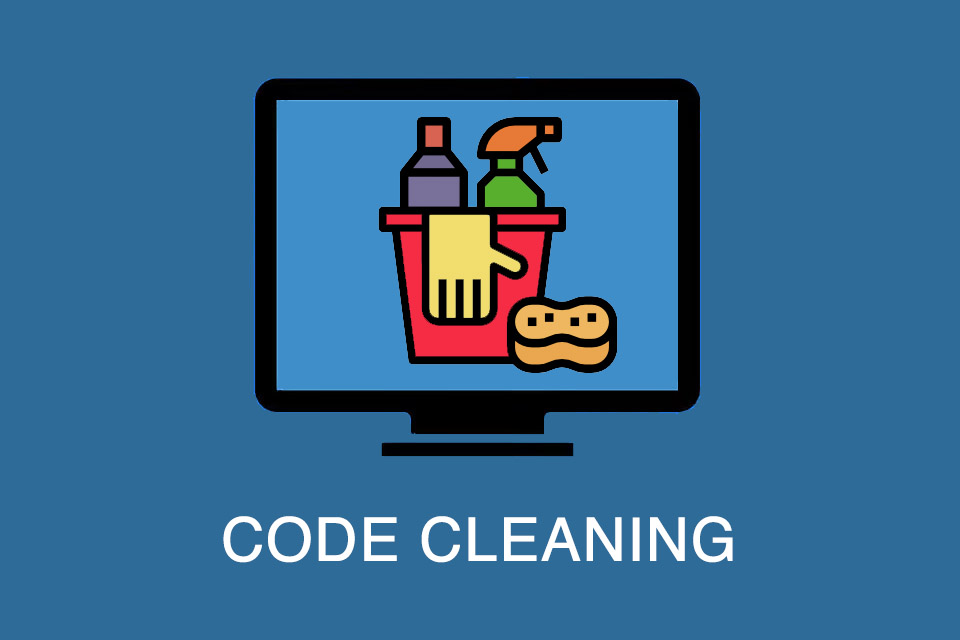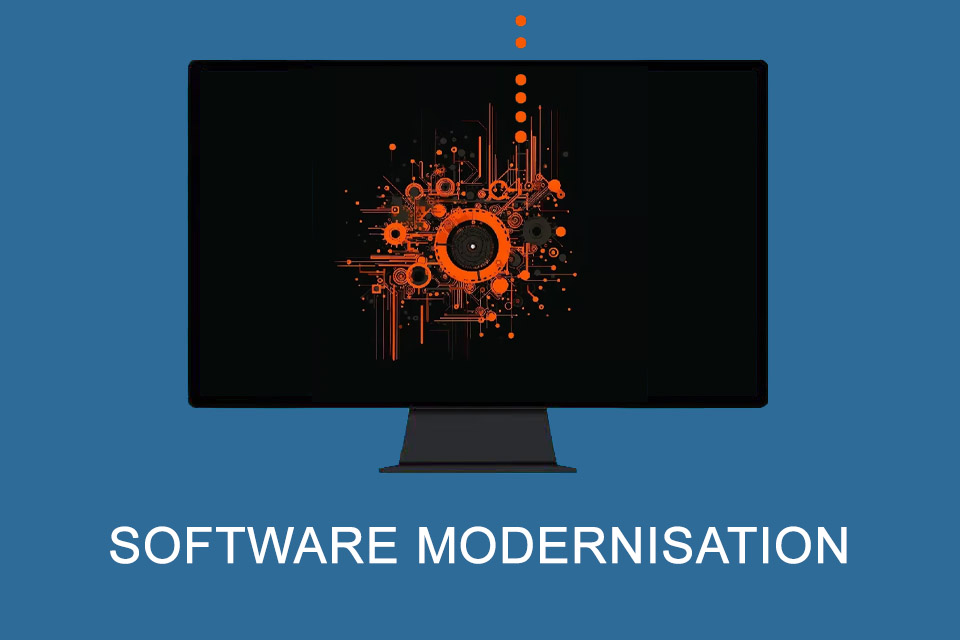What is Code Cleaning?
Code cleaning – cleansing source code for easier continued development
In the fast-moving world of software development, it is important that source code not only works, but is also well-structured, readable and maintainable. Over time, however, changes, extensions and bug fixes can lead to the code becoming confusing and difficult to understand. This is where code cleaning comes in. Targeted measures are used to optimise the existing code without changing its functionality. This not only ensures the quality of the software, but also facilitates future development and maintenance.
Clean code as a process for improving the source code comprises several specific activities:
- Dead code or redundant lines of code are removed to make the code leaner and clearer.
- Variables, functions and classes are given unique and meaningful names to better clarify their purpose.
- The code is restructured so that it is more modular and better organised. This can be done by splitting large functions into smaller ones.
- Code duplicates are identified and replaced by common functions or methods.
- Comments and documentation are added or improved to make the code easier to understand.
- The code is adapted to existing conventions and standards to ensure consistency.
Code cleaning is an important practice in software development, as neat code facilitates team collaboration, simplifies future changes and enhancements and reduces the risk of errors. Of course, the code should be tested after cleaning to ensure that it continues to work correctly.
What is the connection between refactoring and code cleaning?
Refactoring, like code cleaning, addresses the improvement of code quality – so what are the differences and similarities between these two software development practices?
Refactoring includes a variety of techniques and methods to improve the internal structure of code without changing its external behaviour. It aims to remodel the code to make it more readable, maintainable and efficient. At the same time, flexibility for future extensions and changes is increased. This is achieved, for example, by
- the introduction of changes to design patterns,
- the optimisation of algorithms or
- changing the module or class structure to improve cohesion and reduce coupling.
Code cleaning, on the other hand, focuses on simple structural improvements to the code rather than in-depth changes.¹ In this sense, code cleaning can also be understood as an activity within the broader refactoring process.
What is the difference between code cleaning and clean code?
As described, code cleaning is the process of improving existing code without changing its functionality. It includes removing redundant code, renaming variables and functions or eliminating code duplicates and is therefore effectively a corrective measure that is carried out during the maintenance or further development of software.
Clean code refers to the practice of writing code that is clean, readable, maintainable and well-structured from the outset. It is based on a set of values, principles and practices. Clean code minimises the need for later code clean-up and is therefore a preventative measure that is applied from the outset when developing new software projects.
What role can AI play in code cleaning in the future?
Artificial intelligence (AI) has the potential to play an important role in code cleaning. For example, AI could
- recognise patterns and anomalies in code that indicate potential problems (so-called code smells). These could be inefficient structures, redundancies or incorrectly named variables and functions.
- Create scripts that automatically restructure and improve the code. This can include splitting large functions, introducing design patterns or merging duplicate code.
- Suggest consistent naming conventions for variables, functions and classes and automatically add comments and documentation.
Adapt to a developer’s individual style and preferences and make personalised suggestions accordingly.
AI certainly has the potential to significantly improve and automate the process of code cleaning. By integrating AI into the development workflow, developers can already work more efficiently as they benefit from automated suggestions and improvements. AI will certainly help to increase code quality, improve maintainability and perhaps even reduce development time.
Impulse to discuss
Should code cleaning be done continuously or does it make sense to initiate it at defined points?
Notes:
If you like the article or would like to discuss it, please feel free to share it in your network. And if you have any comments, please do not hesitate to send us a message.
[1] Malicious voices claim that code cleaning is more about cosmetic code improvements. However, this does not do justice to the activity; simply put, code cleaning removes clutter and improves readability, while refactoring focuses on deeper structural and architectural improvements.
Here you will find SoftwerkerCast – ein IT-Podcast von Techies für Techies (in German).
Here you will read an interesting article about the true cost of outdated software.
And here you will find additional information from our Smartpedia section:



